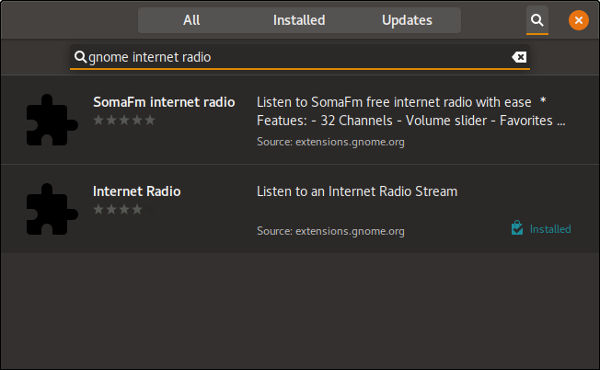Internet radio is a great way to listen to stations from all over the world. Like many developers, I like to turn on a station as I code. You can listen to internet radio with a media player for the terminal like MPlayer or mpv, which is what I use to listen via the Linux command line. However, if you prefer using a graphical user interface (GUI), you may want to try GNOME Internet Radio, a nifty plugin for the GNOME desktop. You can find it in the package manager.

Listening to internet radio with a graphical desktop operating system generally requires you to launch an application such as Audacious or Rhythmbox. They have nice interfaces, plenty of options, and cool audio visualizers. But if you want a simple, straightforward interface that gets your streams playing, GNOME Internet Radio is for you.
After installing it, a small icon appears in your toolbar, which is where you do all your configuration and management.
The first thing I did was go to the Settings menu. I enabled the following two options: show title notifications and show volume adjustment.

GNOME Internet Radio includes a few pre-configured stations, and it is really easy to add others. Just click the (+) sign. You'll need to enter a channel name, which can be anything you prefer (including the station name), and the station address. For example, I like to listen to Synthetic FM. I enter the name, e.g., "Synthetic FM," and the stream address, i.e., https://mediaserv38.live-streams.nl:2199/tunein/syntheticfm.pls.
Then click the star next to the stream to add it to your menu.
However you listen to music and whatever genre you choose, it is obvious—coders need their music! The GNOME Internet Radio plugin makes it simple to get your favorite internet radio station queued up.








7 Comments